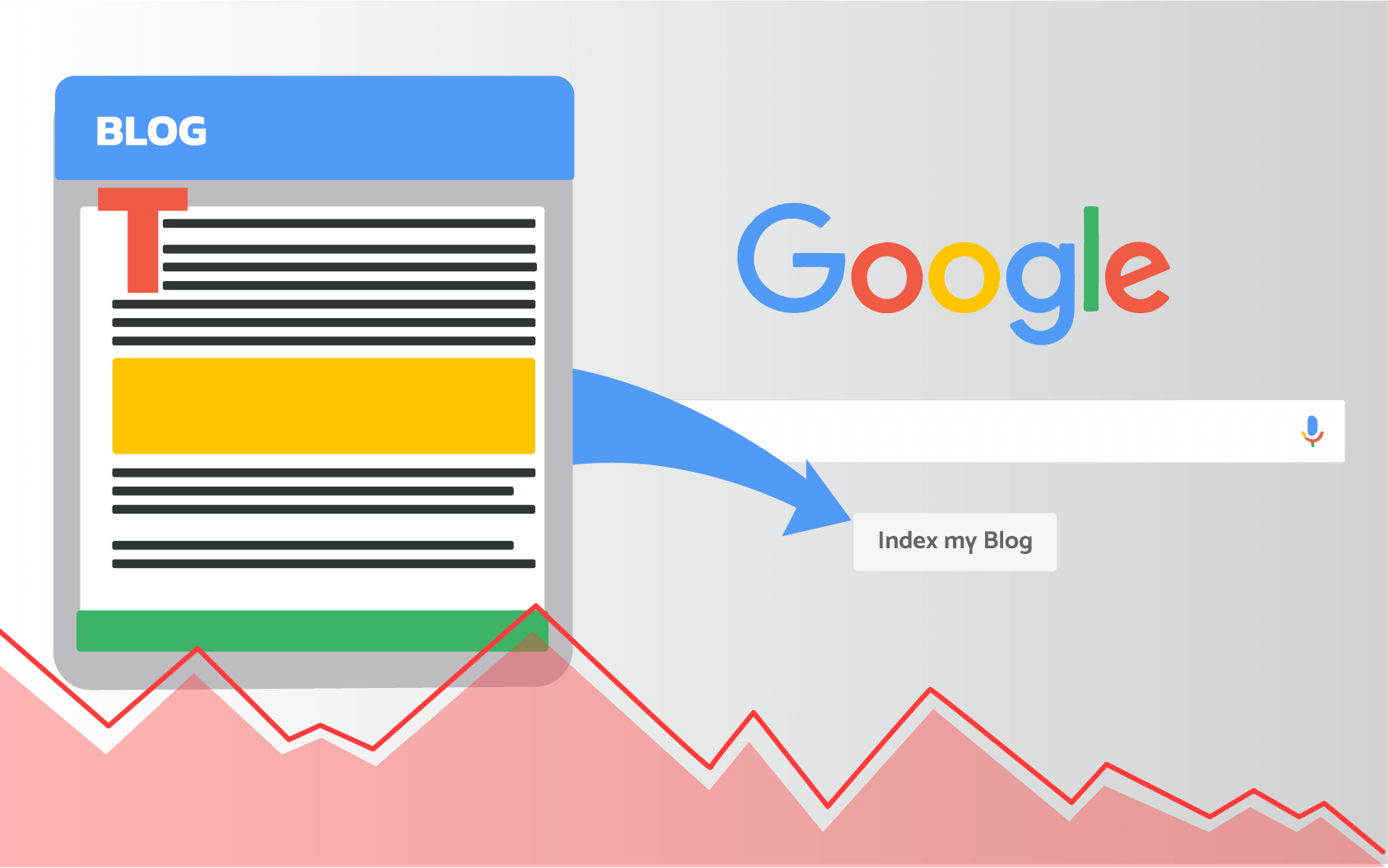Local Business Website Checklist: 10 Essentials for Success
A well-optimised website is crucial for the success of any local business.

Your website serves as a digital storefront, helping potential customers learn about your services, find contact details, and make purchasing decisions. To ensure your site is set up for success, follow this 10-step checklist to optimise your local business website for visibility, engagement, and conversions.
1. Mobile-Friendly Design
With most users accessing websites from mobile devices, having a responsive, mobile-friendly website is non-negotiable. Google prioritises mobile-first indexing, meaning a poor mobile experience can hurt your rankings.
2. Fast Loading Speed
Slow websites frustrate users and increase bounce rates. Optimise images, use caching, and leverage a content delivery network (CDN) to improve page load speed. Tools like Google PageSpeed Insights can help identify areas for improvement.
3. Clear Contact Information
Ensure your business name, address, phone number (NAP), and email are prominently displayed on every page. Ideally, add a click-to-call button for mobile users and a contact form for easy inquiries.
4. SEO-Optimised Content
Use local keywords naturally throughout your website, including in your homepage, service pages, and blog posts. Focus on long-tail keywords like “best coffee shop in Chelmsford” to target local customers.
5. Google Business Profile Integration
Embed your Google Business Profile on your website to enhance credibility and boost local SEO. This helps customers quickly find reviews, directions, and opening hours directly from Google search results.
6. High-Quality Images and Videos
Visual content increases engagement and keeps visitors on your site longer. Use high-resolution images of your business, products, and services. Adding video testimonials or behind-the-scenes content can also build trust with potential customers.
7. Secure Website (SSL Certificate)
A secure website with HTTPS encryption protects user data and improves trust. Google gives preference to secure websites, so ensure your hosting provider includes an SSL certificate.
8. User-Friendly Navigation
A simple and clear navigation structure improves user experience and keeps visitors engaged. Ensure your menu is easy to navigate, with links to essential pages like services, about, contact, and testimonials.
9. Customer Testimonials and Reviews
Social proof is powerful. Display customer reviews and testimonials on your homepage or a dedicated testimonials page. Highlighting positive experiences builds trust and encourages conversions.
10. Strong Calls-to-Action (CTAs)
Every page should include clear CTAs that guide visitors towards the next step, such as:
- “Book a Free Consultation”
- “Call Now”
- “Get a Quote”
- “Sign Up for Updates”
A well-placed CTA can significantly improve conversion rates and customer engagement.
Final Thoughts
Your website is often the first impression potential customers have of your business. By following this checklist, you ensure your site is optimised for performance, user experience, and search rankings.
Implement these steps today to turn website visitors into loyal customers and stay ahead in the competitive local market.



